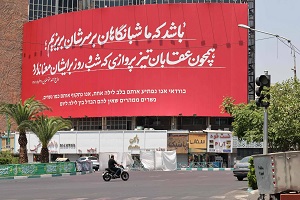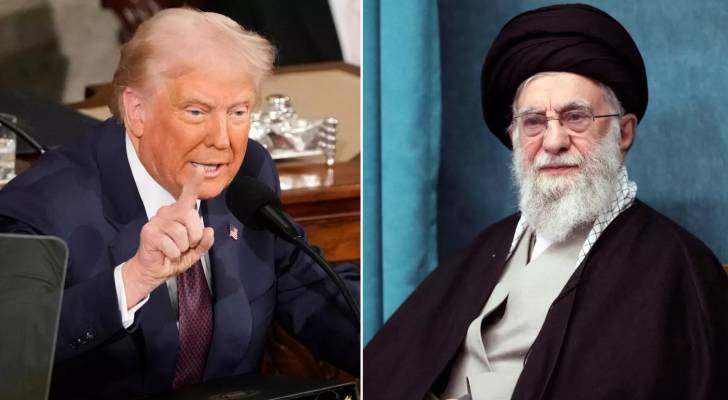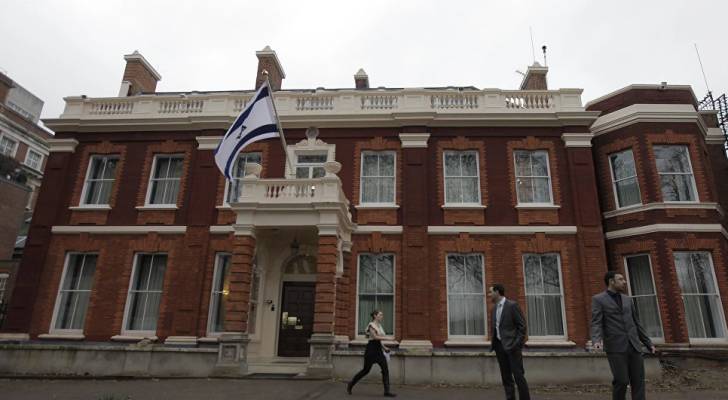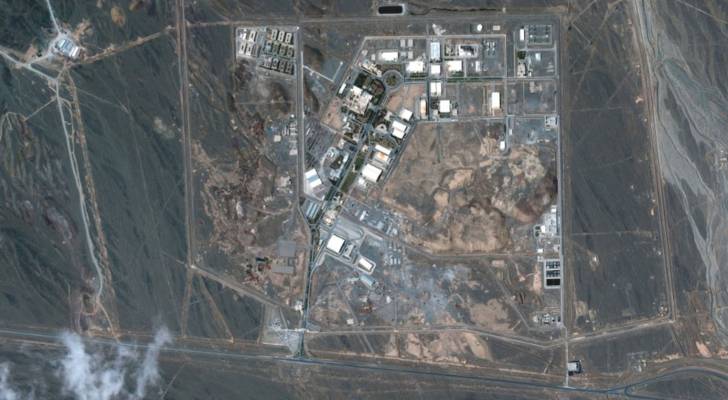Israel–Iran confrontation: Escalation or agreement - By Hasan Dajah, The Jordan Times
In recent months, the region has witnessed a sharp escalation in tensions between Israel and Iran amid an exchange of direct and indirect attacks. From the targeting of Iranian facilities to Iranian drone and ballistic missile attacks on Israeli targets, regional and international concern is growing that this conflict could slide into a full-scale confrontation. In this context, three possible scenarios for the future of this confrontation emerge: Mutual escalation, conditional de-escalation or reaching a necessary agreement through international mediation.
The first scenario: Mutual escalation towards an open confrontation. Observers believe that the most likely scenario in the short term is the continuation of mutual escalation, given each side’s adherence to its security and offensive policies. Israel, which considers the Iranian presence in Yemen and Lebanon a strategic and existential threat, is intensifying its airstrikes on Iranian Revolutionary Guard targets and Iranian strategic sites. In return, Iran uses missiles and drone attacks to strike Israeli targets.
These tit-for-tat attacks could escalate the conflict, especially if a large number of civilian casualties occur or if strategic facilities such as ports or energy infrastructure are targeted. Observers fear that any miscalculation — such as a strike that causes a large number of casualties or targets a high-profile figure — could ignite an open military confrontation, extending from Lebanon to eliminate Hizbollah and into Iranian territory.
In this context, the lack of a direct communication channel between Tel Aviv and Tehran increases the chances of misunderstandings and unintended escalation, especially given the absence of a conventional deterrent balance between the two sides.
The second scenario: Conditional calm and containment through mediators. This represents a temporary calm or “combustible containment” imposed by external pressure and regional and international mediation. In this context, parties such as the United States, Russia, Qatar and the Sultanate of Oman may intervene to play a mediating role, especially with growing concerns that any escalation will undermine stability in the Gulf, disrupt navigation in the Strait of Hormuz and raise global oil prices.
In this scenario, undeclared understandings may be reached, including Iran’s commitment to control the movements of its affiliated militias, in exchange for Israel refraining from launching large-scale attacks and limiting the targeting of Iranian figures or strategic facilities. The de-escalation may also include an implicit agreement not to target ships in the Gulf or the Red Sea, which has become known as the “gray rules of engagement”.
The success of this scenario depends on the existence of genuine intentions on both sides to avoid war and on the ability of mediators to impose political and economic pressure to compel both sides to commit to the de-escalation, even if only temporarily. Scenario Three: Necessity Agreement... From Confrontation to Indirect Negotiations. Although difficult to achieve, the third scenario involves reaching a comprehensive or partial agreement between Israel and Iran through indirect negotiations under international auspices, especially if the parties sense that continued escalation will lead to catastrophic costs.
This agreement could take on a purely security nature, including the identification of “threat-free” zones, the removal of heavy weapons from some Lebanese border areas and others, or an agreement to halt cyberattacks and drones. In return, Israel might pledge not to target Iranian scientists or nuclear facilities as long as there is no actual violation of international nuclear agreements.
Regional momentum could also be leveraged in this direction, especially after the restoration of relations between Tehran and Riyadh and the progress of de-escalation processes between Iran and some Gulf states. This would enhance the possibility of collective regional pressure to impose a security agreement or comprehensive de-escalation.
However, the obstacles to this scenario lie in the lack of trust between the two parties and the internal divisions within each party.
The Israeli government is suffering from deep political divisions, while Iran is under internal and economic pressures that make it difficult to make concessions that could be interpreted as weakness in the face of the “Israeli enemy”.
The option of war remains open, but it is not inevitable. The future of the confrontation between Israel and Iran ranges between these three scenarios: Escalation, conditional calm or an agreement of necessity. Although escalation appears to be the easiest and most likely option in the short term, especially in light of the lack of mutual trust and the escalation of hostile rhetoric between the two sides, its political, military and economic costs could be so high that both sides may, albeit reluctantly, seek a negotiated solution or a calculated calm.
A comprehensive war serves neither side’s interests. Israel realises that opening a multifaceted front with Iran and its proxies in Lebanon, Yemen, and Gaza could exhaust its defence and economic capabilities, while Iran knows that entering into a direct confrontation with Israel would endanger its vital infrastructure at a time when it is experiencing a stifling internal economic crisis. Hence, the role of regional and international mediators — such as the Sultanate of Oman, Qatar and the European Union — remains crucial in tipping the balance in favour of a de-escalation, by activating secret communication channels and enforcing red lines for both sides.
Furthermore, the intersection of some security and economic interests, particularly in energy and maritime issues, may be an unspoken motive for opening a dialogue that leads to an agreement of necessity, not
Latest News
-
 Israel Warns 'Tehran Will Burn' if More Missiles Fired
Israel Warns 'Tehran Will Burn' if More Missiles Fired
-
 Iran calls nuclear talks with US 'meaningless' after 'Israel’s' military strike
Iran calls nuclear talks with US 'meaningless' after 'Israel’s' military strike
-
 'Israel' closes embassies worldwide amid rising tensions, urges citizens to stay
'Israel' closes embassies worldwide amid rising tensions, urges citizens to stay
-
 IAEA confirms internal contamination at Iran’s Natanz site
IAEA confirms internal contamination at Iran’s Natanz site
-
 King receives call from Macron, urges immediate action to end dangerous escalation in region
King receives call from Macron, urges immediate action to end dangerous escalation in region